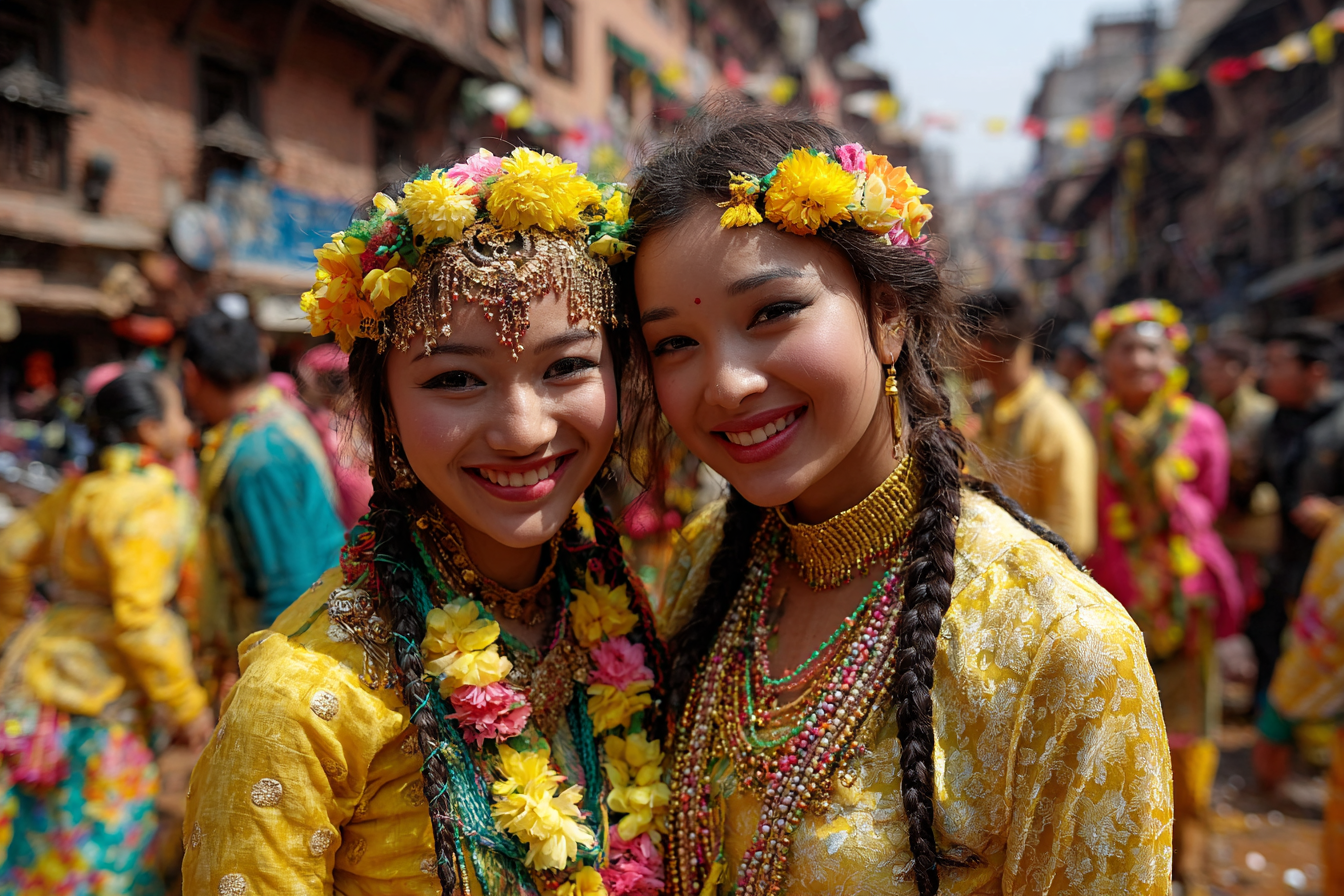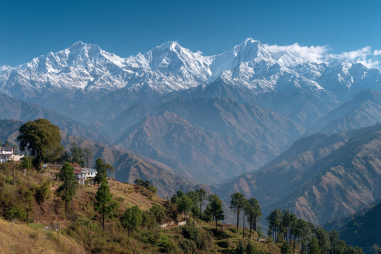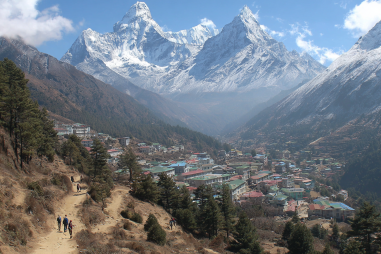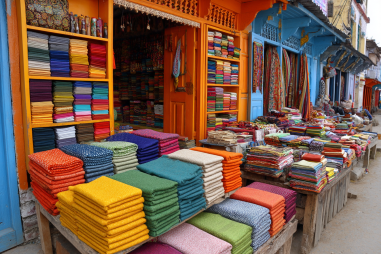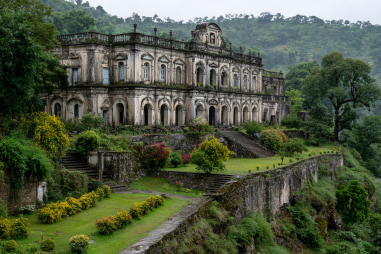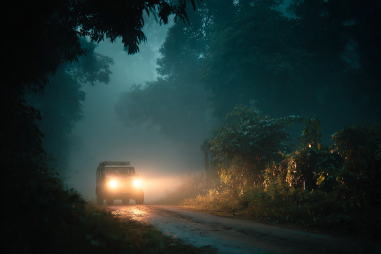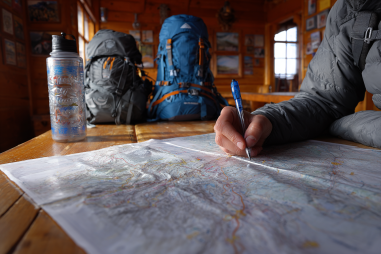Kathmandu, the vibrant capital of Nepal, is more than just a gateway to the Himalayas; it is a living museum rich in cultural heritage and traditions. Steeped in history, religion, and artistry, this city offers travelers a unique opportunity to immerse themselves in a world where ancient practices thrive alongside modern life. Whether you’re wandering through ancient temples, enjoying the rhythmic beats of traditional music, or savoring local delicacies, Kathmandu promises a cultural experience like no other. Let’s delve into the heart of Kathmandu’s cultural tapestry and discover the experiences that truly enrich your visit beyond the usual sightseeing.
Exploring Kathmandu’s Cultural Heritage
Kathmandu’s cultural heritage is a fascinating blend of Hindu and Buddhist traditions, reflecting centuries of history and diverse ethnic influences. The city’s architecture, festivals, art, and daily lifestyle showcase this rich synthesis. The three main cities of the Kathmandu Valley—Kathmandu, Patan, and Bhaktapur—each boast unique cultural landmarks, such as intricately carved temples, ancient palaces, and bustling squares filled with historic charm. Many of these sites are recognized as UNESCO World Heritage Sites, symbolizing their importance not just to Nepal but to global cultural history.
Key Festivals and Celebrations
One of the most remarkable ways to experience Kathmandu’s culture is by participating in its vibrant festivals, which light up the city throughout the year. Some of the must-see celebrations include:
- Dashain: The largest Hindu festival in Nepal, lasting 15 days and celebrating the victory of good over evil. Families reunite, sacrifices are made, and temples are adorned with flowers.
- Tihar: Also known as the Festival of Lights, this five-day celebration honors various animals, including crows, dogs, and cows, symbolizing gratitude and reverence for life.
- Buddha Jayanti: Celebrates the birth of Lord Buddha with prayers, processions, and offerings, especially important in Kathmandu’s Buddhist communities.
- Indra Jatra: A lively street festival featuring masked dances and chariot processions, honoring Indra, the god of rain and king of heaven.
These festivals provide colorful, engaging opportunities to witness traditional rituals, connect with locals, and understand the spiritual depth of Kathmandu’s culture.
Traditional Music and Dance
Music and dance in Kathmandu are integral to both religious ceremonies and social gatherings. Traditional Nepali music often features instruments like the sarangi (a string instrument), madal (a type of drum), and bansuri (flute). Listening to folk songs or watching performances like the Newari cultural dances can transport you back in time.
The masked dances performed during festivals such as Indra Jatra or during sacred rituals at the monasteries are theatrical, colorful, and rich with symbolism. If your visit allows, attending a live performance in places like Patan Durbar Square or cultural centers in the city will enrich your understanding of Kathmandu’s performance arts.
Workshops and Handicraft Experiences
For those eager to get hands-on, Kathmandu offers numerous workshops that showcase traditional crafts. Local artisans specialize in pottery, thangka painting (Buddhist scroll art), wood carving, and weaving.
Joining a workshop not only lets you learn a new skill but also supports local craftsmanship and preserves age-old techniques. Neighborhoods like Patan and Bhaktapur are hubs for such experiences, where you can:
- Create your own pottery under the guidance of master potters.
- Try your hand at painting intricate thangkas, learning about the spiritual meanings behind the motifs.
- Carve wooden masks or statues, a tradition passed down through generations.
These immersive activities offer profound insight into Kathmandu’s artistic heritage and give you memorable keepsakes from your trip.
Local Cuisines and Food Culture
Kathmandu’s food scene is a vibrant reflection of its multicultural fabric. Nepali cuisine tends to be hearty and flavorful, with staples such as dal bhat (rice with lentils), momos (dumplings), and gundruk (fermented leafy greens). Exploring local markets and street food stalls is an excellent way to experience authentic flavors.
Don’t miss the chance to savor Newari cuisine, native to Kathmandu’s indigenous Newar community, known for dishes like yomari (sweet rice flour dumplings filled with molasses) and chatamari (a type of rice crepe). Local restaurants and family-run eateries provide an inviting atmosphere to enjoy these specialties while interacting with residents.
Interacting with Local Communities
Authentic cultural experiences often come from meaningful interactions with local people. Kathmandu’s diverse ethnic groups, including Newars, Tamangs, Sherpas, and others, are generally warm and welcoming.
Consider spending time in community-run homestays or volunteering with local initiatives. Such experiences provide deeper insight into daily life, customs, and traditions that you won’t find in guidebooks. Engaging in conversations, visiting homes, or assisting in local projects fosters cultural exchange and creates lasting memories.
Cultural Tours and Guides
To fully appreciate Kathmandu’s complex history and culture, knowledgeable local guides are invaluable. Many specialized tours focus on cultural immersion, taking you beyond the obvious landmarks to hidden gems and neighborhoods rich in heritage.
Options include:
- Heritage walking tours: Exploring ancient temples, squares, and traditional neighborhoods with commentary on architectural styles and historical contexts.
- Food tours: Sampling authentic cuisine while learning about food customs and cooking methods.
- Religious tours: Visiting Hindu and Buddhist sites with explanations about rituals and spiritual significance.
- Artisan tours: Visiting workshops and boutiques to see craftspeople at work and learn their stories.
Many guides also emphasize responsible tourism practices, ensuring your visit positively impacts local communities.
Responsible Tourism Tips
When exploring Kathmandu’s cultural treasures, it’s essential to practice responsible tourism to preserve the city’s heritage and support its people. Here are some tips to keep in mind:
- Respect local customs and dress codes, especially when visiting sacred sites. Modest clothing is appreciated.
- Ask permission before photographing people,
- Support local artisans and businesses by purchasing handmade goods and dining at family-run restaurants.
- Use guides and tours that promote sustainability and fair wages for locals.
- Minimize waste and avoid single-use plastics to help protect the environment.
- Be mindful of the cultural significance of festivals, observing respectfully without disrupting rituals.
By adopting these practices, travelers contribute to the preservation and appreciation of Kathmandu’s rich cultural landscape.
Further Resources to Deepen Your Cultural Journey
To deepen your understanding and prepare for your cultural immersion in Kathmandu, consider checking out books, documentaries, and local websites about the valley’s history and traditions. Visiting museums like the National Museum of Nepal or Patan Museum offers additional context and visual storytelling.
Language learning apps or phrases in Nepali and Newari can enhance interactions, while connecting with cultural centers in Kathmandu before or during your stay can unlock more authentic experiences.
By combining exploration with education and meaningful engagement, your journey to Kathmandu becomes truly transformative, offering moments that resonate long after you leave.
Embarking on a cultural adventure in Kathmandu means stepping into a living heritage that pulses through every street, corner, and community. By embracing its festivals, art, cuisine, and the warmth of its people, you’ll discover a city that celebrates tradition while inviting you to become part of its ongoing story.

